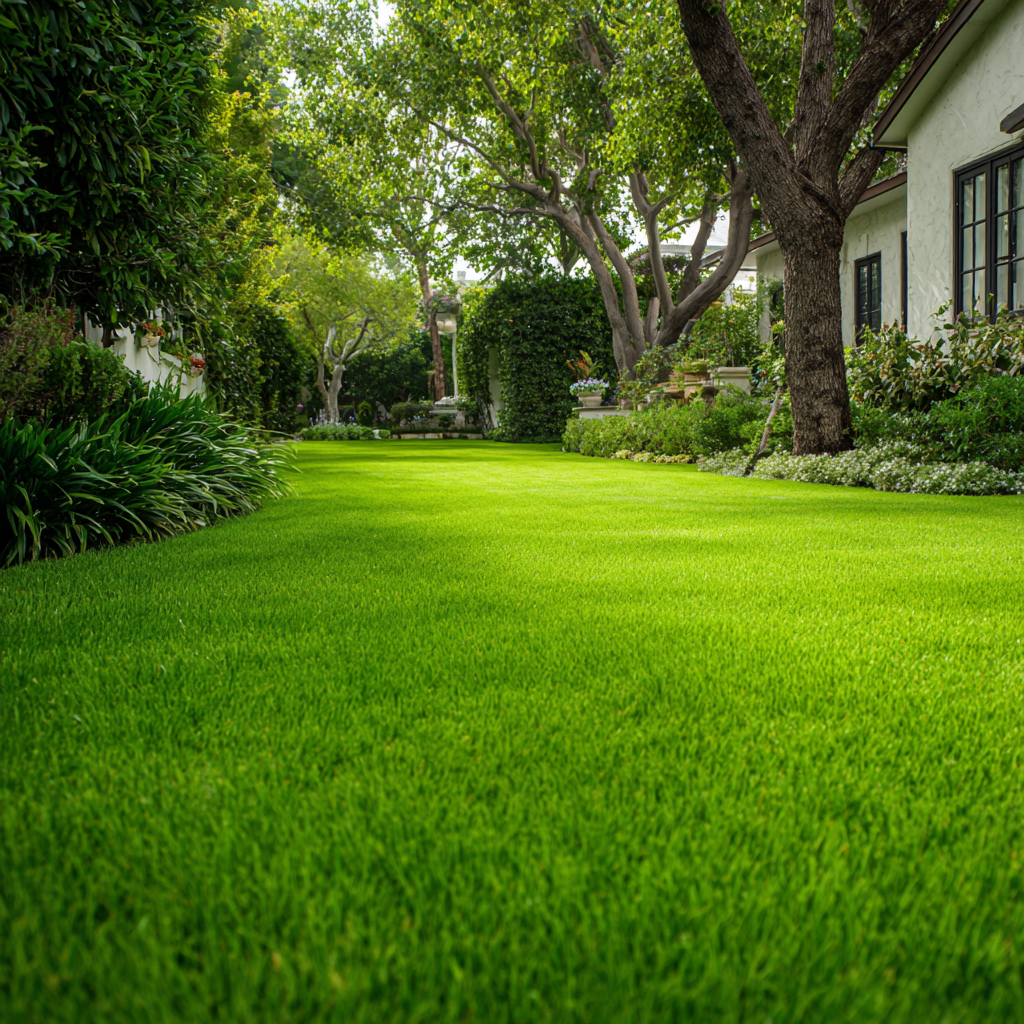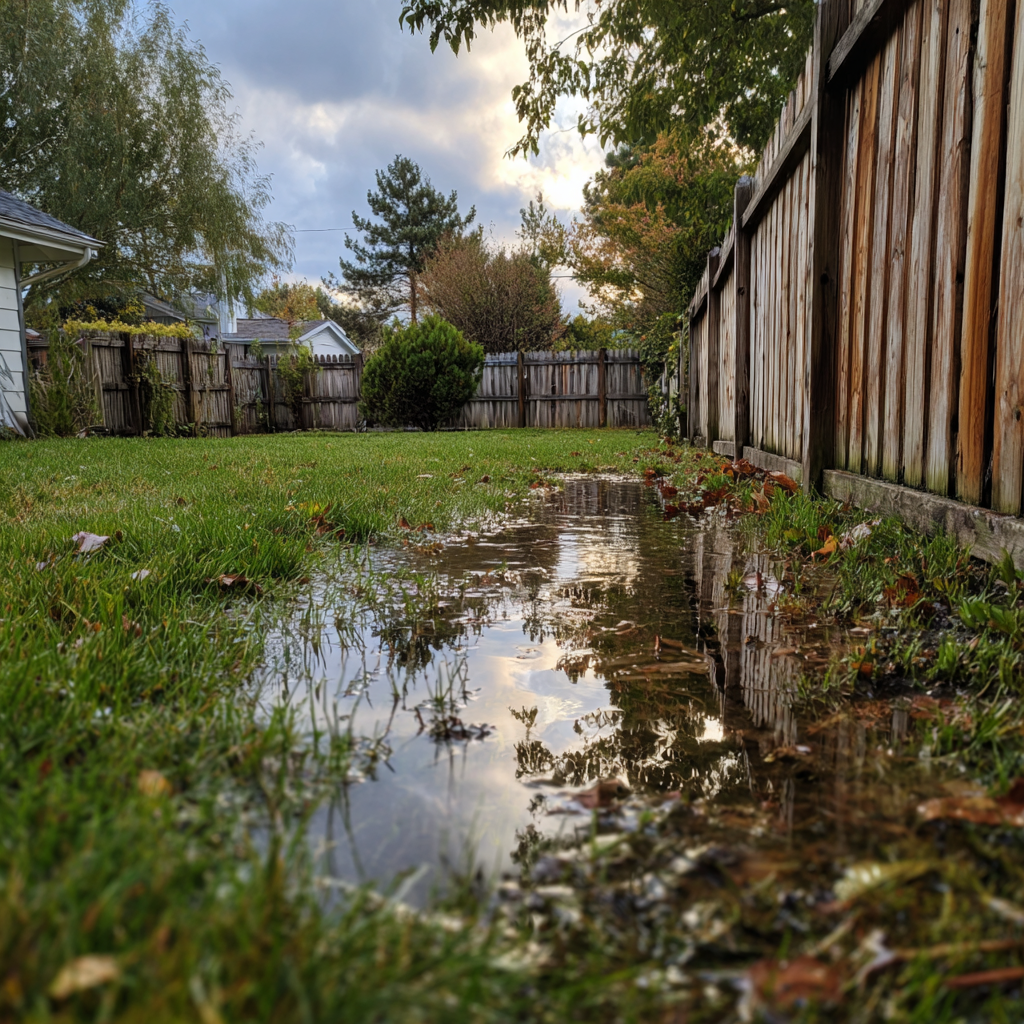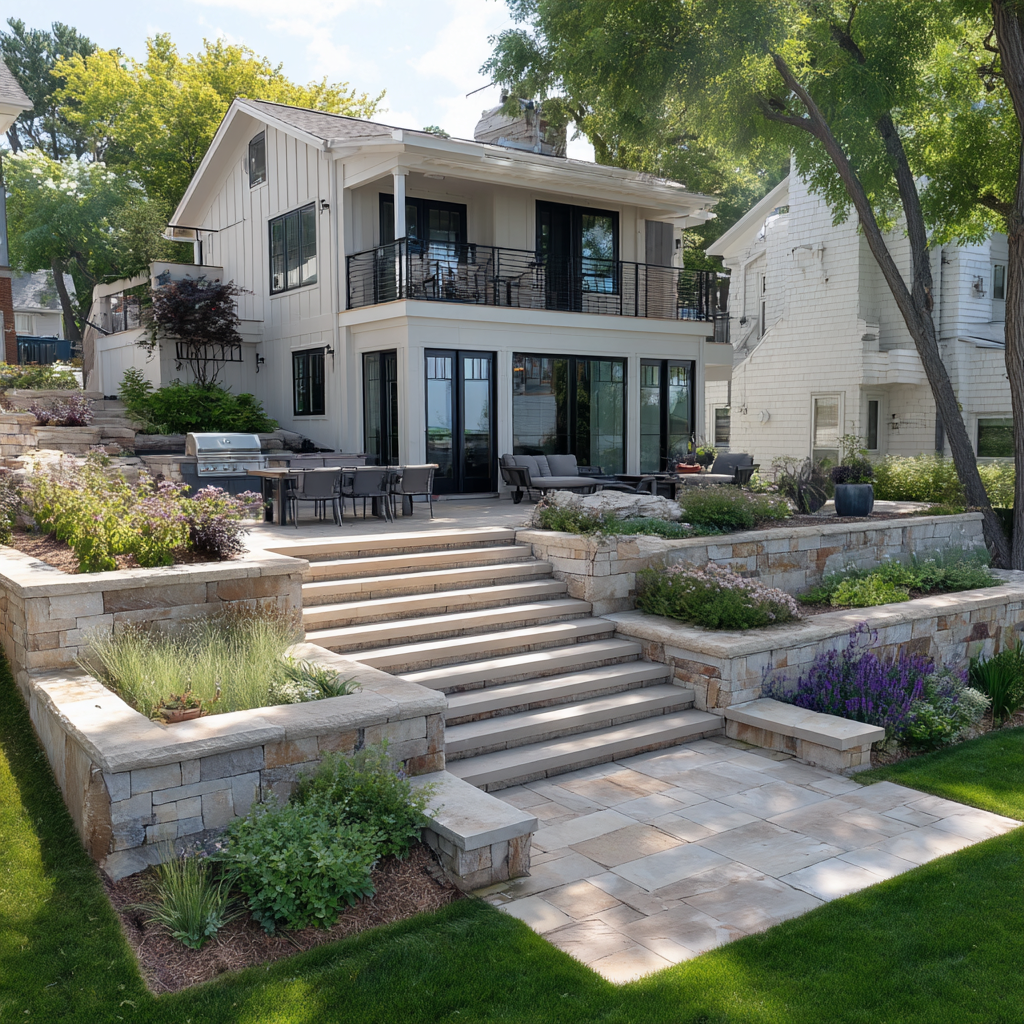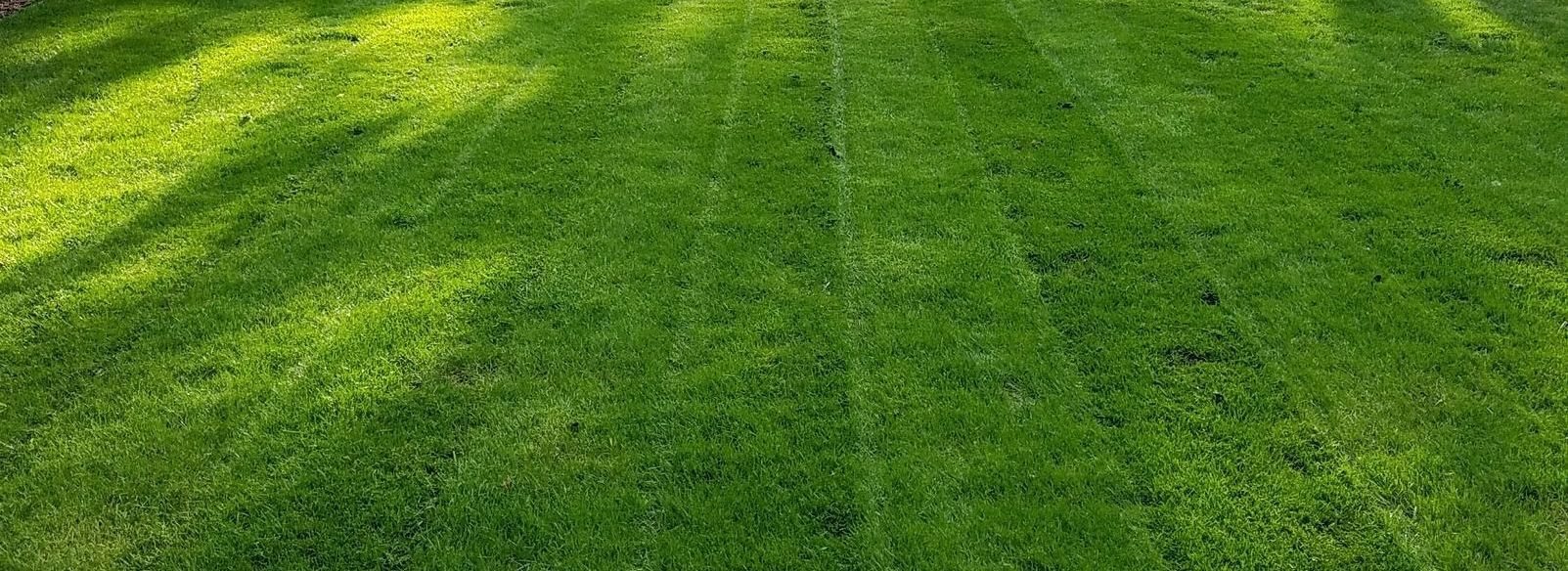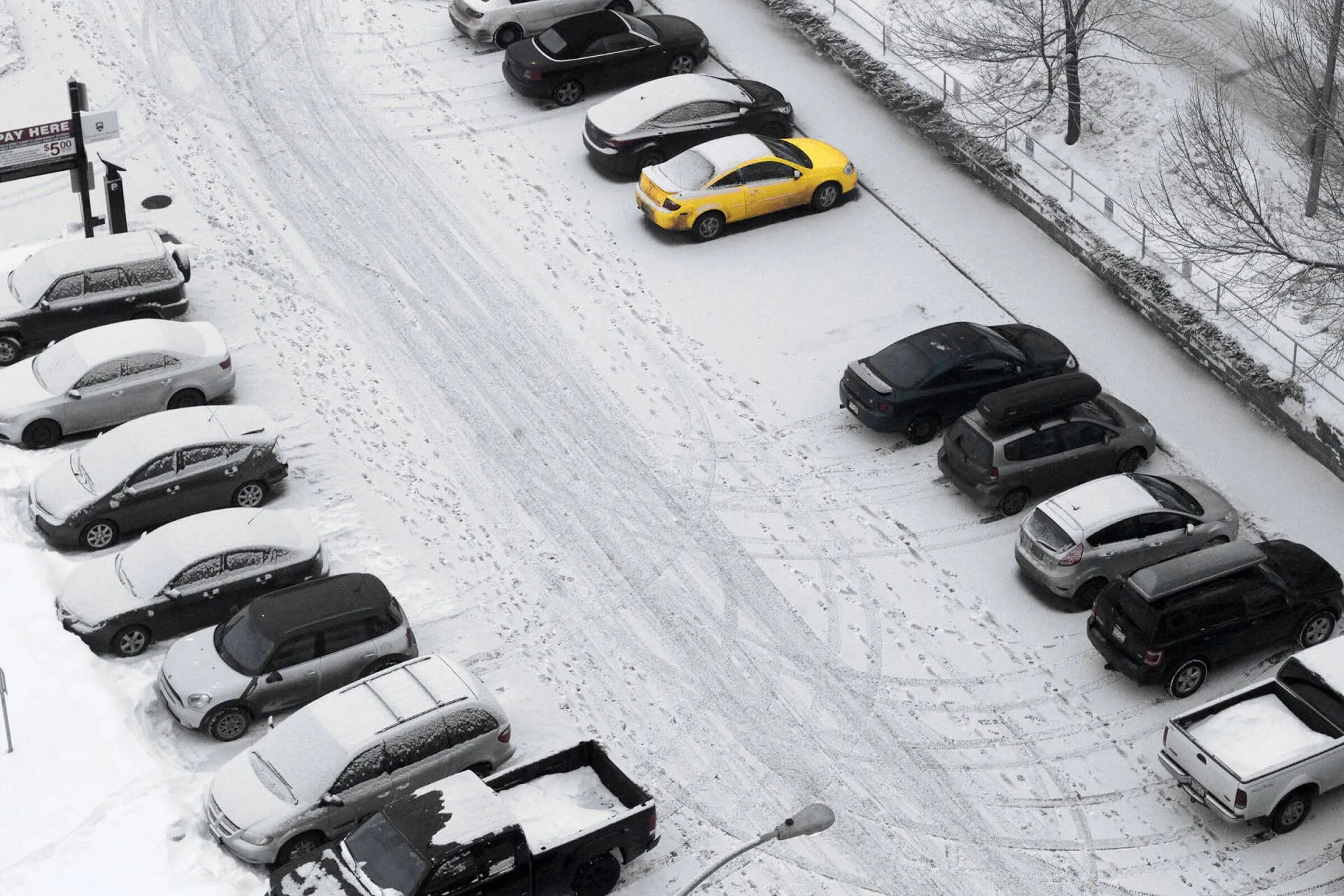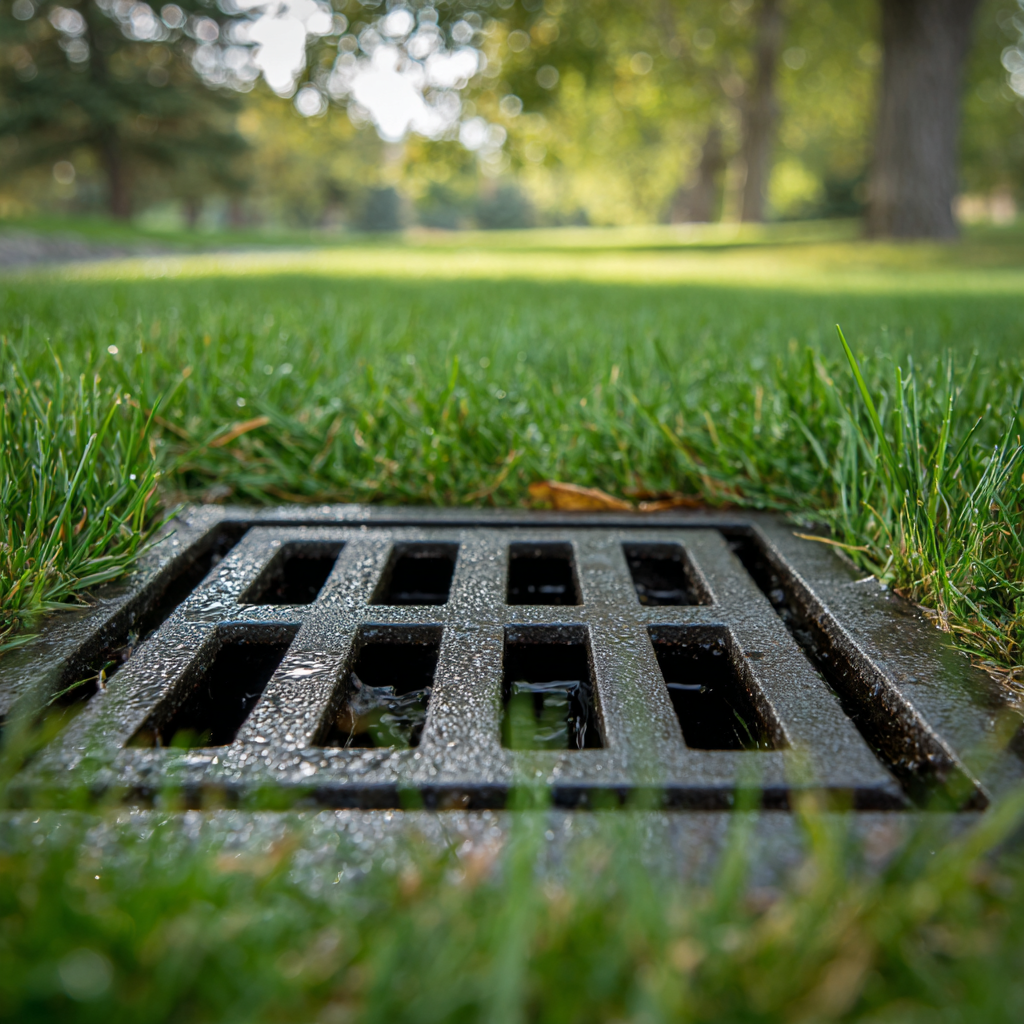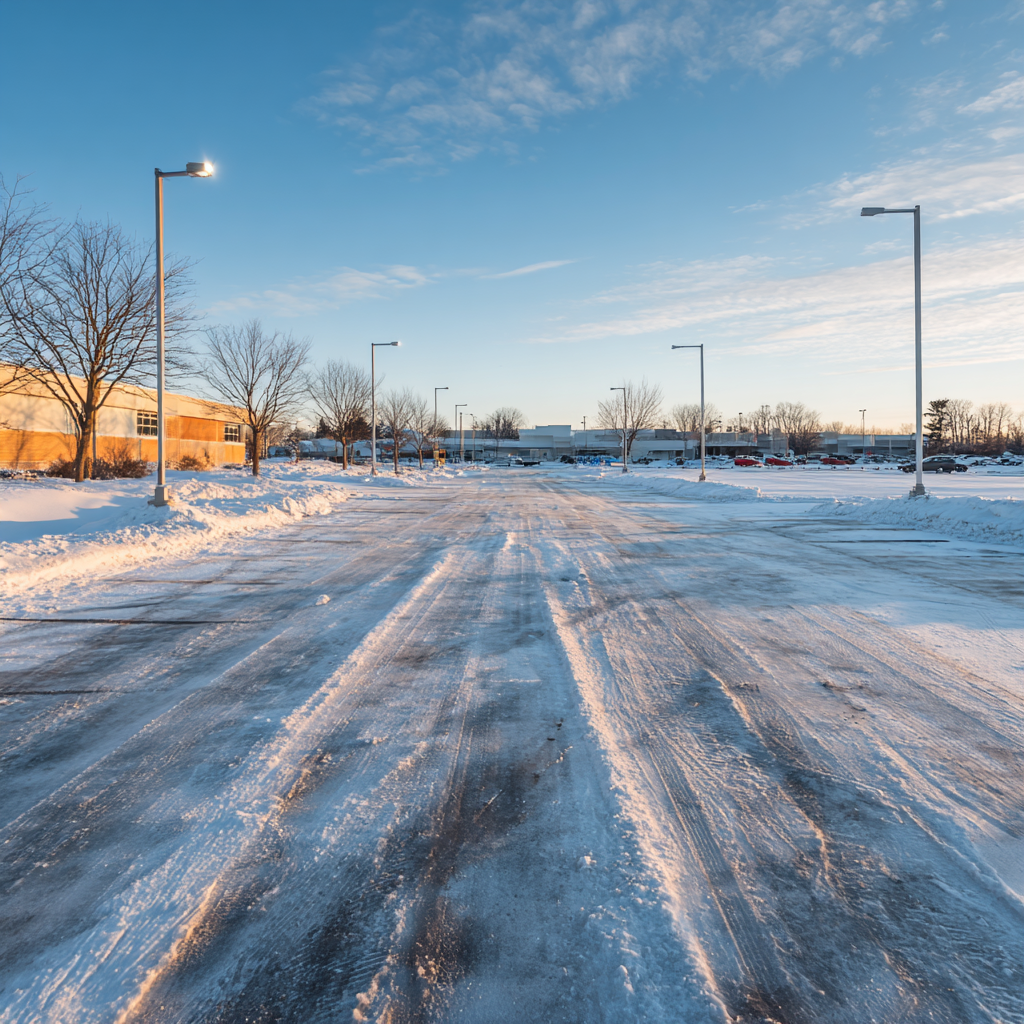5 Ways to Tell When It's Time to Replace or Repair a Retaining Wall in St. Paul
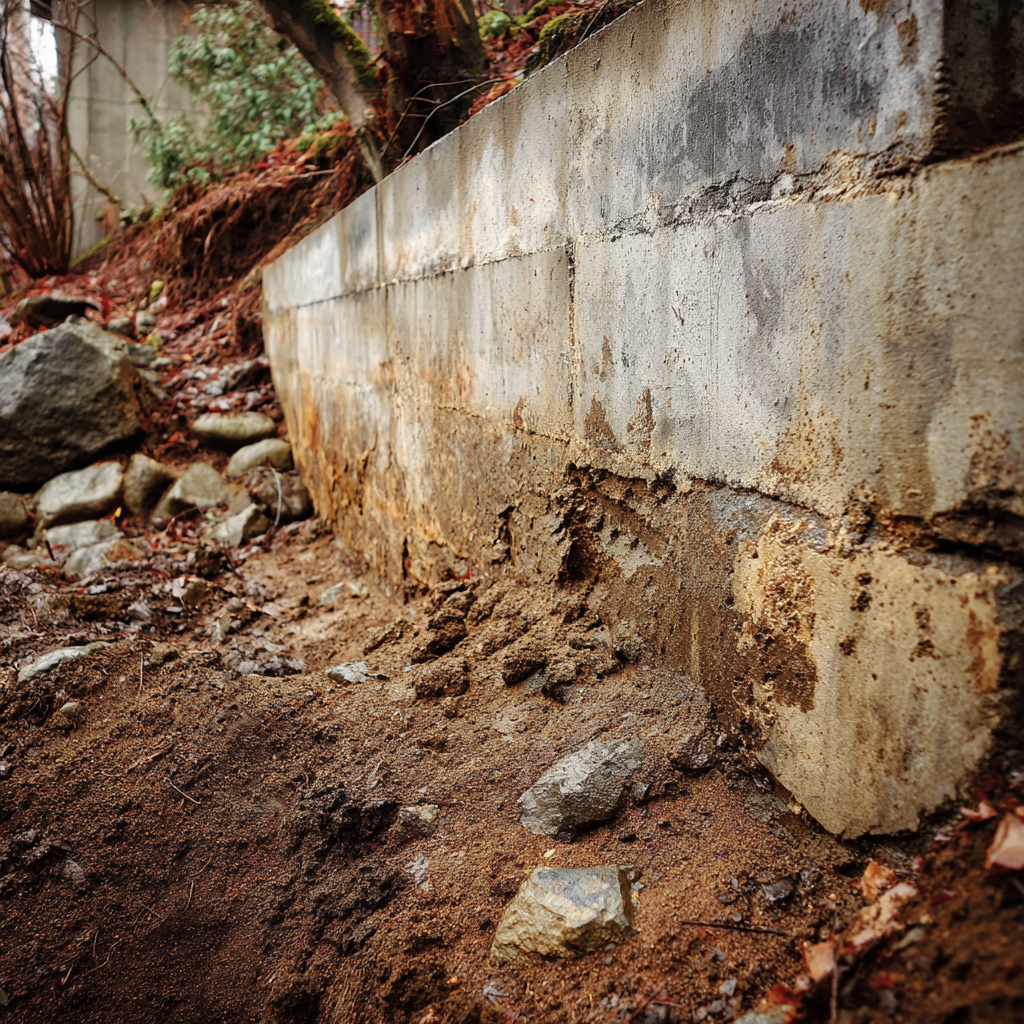
Tell When It's Time to Replace or Repair a Retaining Wall in St. Paul
You walk past your retaining wall every day, maybe noticing it looks different than it used to. Small changes over months or years that you've been ignoring. The wall leans slightly forward. A few blocks are cracked. Some boards look soft. You're not sure if these are serious problems or just normal aging.
We get calls from St. Paul homeowners after walls have already failed - collapsed onto driveways, damaged landscaping, created safety hazards. Almost always, they noticed problems developing but weren't sure when to act. They wish they'd called sooner.
Based on what we've seen throughout St. Paul's neighborhoods, retaining walls show warning signs before catastrophic failure. Knowing what to look for helps you address problems while repair might still be possible, or plan for replacement before you're dealing with an emergency.
St. Paul's Aging Walls
Many St. Paul neighborhoods have retaining walls built 50, 60, even 75+ years ago. We work on walls throughout Summit Hill, Macalester-Groveland, Highland Park, St. Anthony Park, and Como Park constantly. These established neighborhoods are full of aging walls that have been holding slopes for decades.
Older walls were built with different standards and techniques than we use now. Some were built incredibly well and still function fine. Others are showing their age and need attention. Age matters, but construction quality and drainage matter more.
Sign #1: Your Wall Is Leaning Forward
A leaning retaining wall is the clearest sign something is seriously wrong. The wall tilts toward you, past vertical. The top is further forward than the base. Sometimes you can see a gap developing between the wall and the soil it's supposed to retain.
We've seen walls throughout St. Paul lean 6 inches, 12 inches, even more before homeowners called us. Once leaning starts, it accelerates. The wall gets worse faster as it tilts further.
Why walls lean: The wall wasn't designed to hold the load it's retaining. Water damage behind the wall is causing erosion and pressure. The foundation was inadequate. Drainage systems are missing or failed. Water is almost always part of the problem. We've assessed countless leaning walls throughout St. Paul.
When we excavate behind them, we consistently find missing drainage or no drainage system at all.
The Fix: When a wall is leaning, it almost always needs rebuilding. Repairs rarely work because structural integrity is compromised. You can't just push a leaning wall back and expect it to hold. We rebuild with proper drainage - perforated pipe in gravel backfill, filtration fabric, proper weep holes. Likely the original wall wasn't designed properly, so we re-engineer with correct block sizes and geo-grid reinforcements if needed. Build it right so it lasts your lifetime.
Sign #2: Concrete Block Walls Are Cracking or Crumbling
Concrete block retaining walls showing cracks or crumbling blocks indicate structural problems. We mean visible cracks running through blocks, blocks breaking apart, pieces falling off the wall face, deterioration that's actively getting worse.
When blocks are cracking or crumbling, there's likely water damage behind or at the base of the wall. Water gets behind the wall, saturates the blocks, freezes in winter, and breaks down the concrete from inside. We've excavated behind cracked block walls in St. Paul and found completely saturated conditions with no functional drainage.
When blocks are cracking, it's not just cosmetic - the wall's integrity is compromised. The damage will continue getting worse. We've seen walls where a few cracked blocks turned into sections of wall failure within a year or two.
The Fix: Sometimes we can fix by solving the drainage issue and replacing damaged blocks. This works when damage is limited to 10-20% of the wall and the structure is otherwise sound. More extensive damage usually means rebuilding makes more sense. If a third of your blocks are cracked, you're looking at extensive repair costs on a fundamentally compromised wall. Rebuilding with proper drainage creates a better long-term solution.
Sign #3: Wooden Walls Are Rotted and Deteriorating
Timber retaining walls eventually rot. Even treated lumber fails when it's constantly in contact with soil moisture and dealing with Minnesota's wet-dry cycles. We see rotted wooden walls throughout St. Paul - some 20 years old, some that lasted 40 years.
Wood rot looks like soft boards when you press on them, visible decay, sections crumbling. Often the rot is more extensive than it appears from outside. The problem with assessing wooden wall repairs is you can't see the extent of damage until you get into the wall. We've started what looked like straightforward repairs and found the deterioration was much worse once we opened things up.
The Fix: If the wall's structure is sound and rot is genuinely limited to a small percentage of boards, replacement of rotted sections can work. But be prepared for finding more problems once you start. At KG Landscape, we build retaining walls out of stone and segmental block that won't rot like wood. Stone provides a much longer lasting solution. When you're already investing in addressing a failing wall, building with materials that eliminate the rot problem entirely makes sense.
Sign #4: Soil Sediment Leaching Through the Wall
If you see soil or sand running through your retaining wall and piling at the base in front, you're looking at active erosion behind the wall. Material comes through the wall face, creates staining, clogs weep holes, and creates growing piles at the wall's base.
This indicates significant drainage issues. Water flows through the wall carrying soil with it. The problem is twofold - water creates pressure, and erosion removes soil support from behind the wall. Voids form as soil washes away. The wall loses support. The problem accelerates as erosion creates bigger pathways.
We've seen this on walls built without filtration fabric. Water moves through, picks up soil, carries it through, and deposits it at the base. Over time, substantial soil gets eroded from behind the wall, creating stability problems and eventual wall failure.
The Fix: When we build new walls, we install filtration fabric behind the wall and a 12-inch wide strip of 3/4-inch drainage rock. This manages water without eroding soil. On existing walls showing sediment leaching, sometimes we can fix this by addressing drainage behind the wall without rebuilding. Other times, erosion has created such voids that rebuilding makes more sense. We assess each situation. The key is addressing it before erosion causes wall failure.
Sign #5: Your Wall Is Just Really Old
Sometimes retaining walls have simply reached the end of their functional lifespan. A really well-built wall may last 50 years or more. Many walls we see throughout St. Paul's established neighborhoods are well over 50 years old. Some are over 75 years old. These walls have served their purpose for a long time.
We work on walls from the 1940s, 1950s, 1960s, and 1970s in these neighborhoods. Some are incredibly well-built and still functioning. Others have failed or broken down because materials deteriorate, construction standards were different, and walls weren't designed for current conditions.
When age becomes the primary issue, you're looking at a wall that's served its time. Materials deteriorate regardless of maintenance. Mortar breaks down. Blocks weather. Even stone walls can reach a point where rebuilding makes more sense than continuing to patch aging components.
The Advantage: Modern replacement means current engineering standards, better materials and construction techniques, improved drainage systems, and geo-grid reinforcement when needed. We build walls designed to last 50+ years with proper maintenance. If your wall is 50, 60, 70+ years old and showing multiple issues, it's time to think about replacement rather than ongoing repairs.
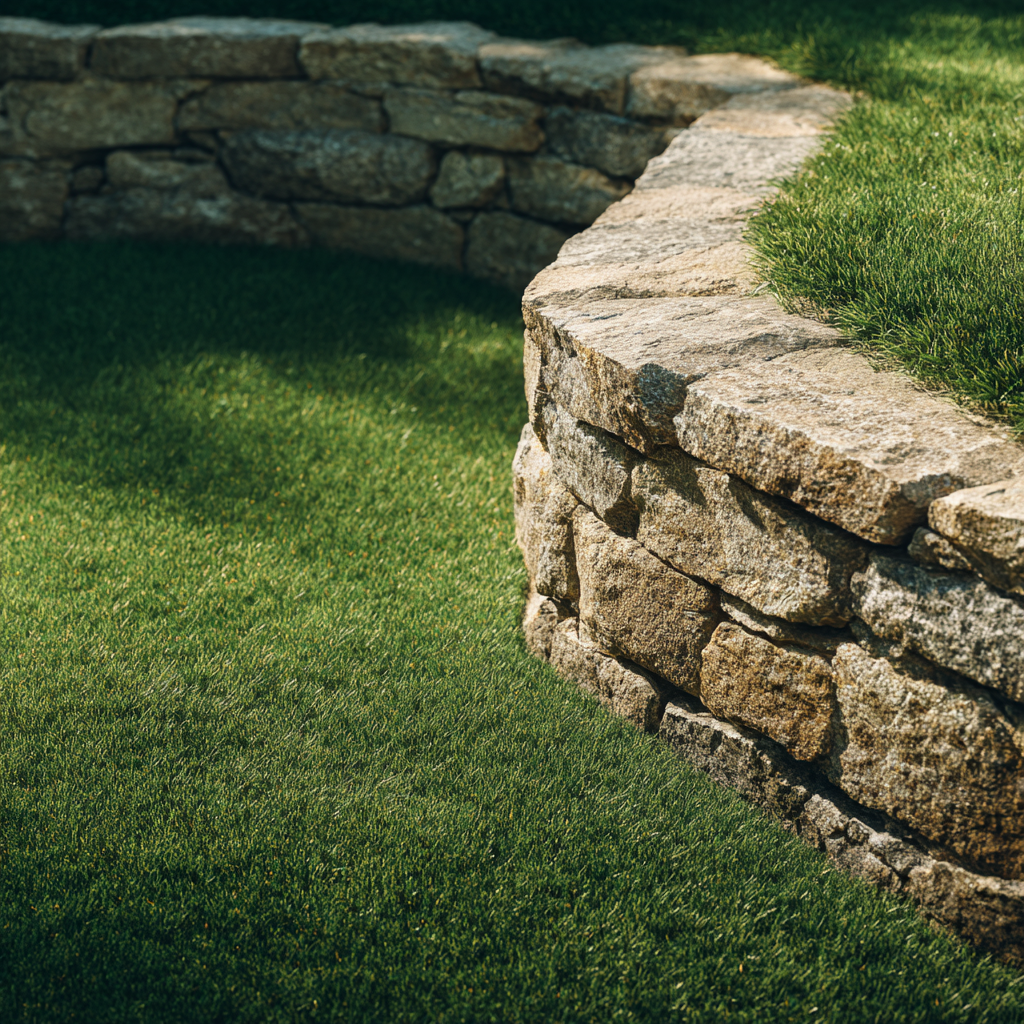
What Happens If You Ignore Warning Signs
Small problems become big problems when you ignore retaining wall issues. That slight lean gets worse. Those few cracked blocks become sections of failed wall. What might have been repairable becomes complete replacement. What was a planned project becomes an emergency.
We've seen walls collapse onto driveways, destroying pavement and vehicles. We've seen failures that damaged patios, landscaping, and adjacent structures. Emergency repairs after failure cost substantially more than planned replacements. You're dealing with cleanup, more extensive rebuilding because failure caused additional damage, and working on an emergency timeline.
The cost difference between addressing problems early versus after failure can be significant. Catching a leaning wall early might allow repair. Waiting until it collapses means complete replacement plus dealing with whatever the failure damaged.
How We Build Walls That Last
When we rebuild retaining walls in St. Paul, we use materials chosen for longevity - stone and segmental concrete block that won't rot. Materials engineered specifically for retaining wall applications. Natural stone when traditional appearance matters in historic neighborhoods.
Drainage is non-negotiable in every wall we build. This is where most failures originate. Every wall includes perforated pipe in gravel backfill, filtration fabric preventing soil migration, weep holes and drainage pathways. We've excavated behind hundreds of failed walls in St. Paul. The consistent finding is drainage problems.
For walls over 4 feet tall, we work with structural engineers. This includes geo-grid reinforcement for significant loads, proper footing design below Minnesota's 42-inch frost depth, and calculations ensuring the wall handles actual loads. We build to last, not just to minimum standards.
St. Paul-Specific Considerations
St. Paul has specific requirements for retaining walls - height restrictions without engineering, setback requirements from property lines, permitting processes. We handle permitting and know what's required in different neighborhoods.
Soil conditions affect wall design. Clay soils are common and create specific challenges. Clay is expansive and doesn't drain well, so water management becomes critical. We design for St. Paul's specific conditions based on years of working throughout the city.
In historic neighborhoods like Summit Hill and Cathedral Hill, appearance matters alongside function. We match materials and styles where appropriate - natural stone in areas where that's traditional, segmental block that complements surrounding walls.
When to Call
Call us if you see any lean in your retaining wall, cracks in concrete blocks, rotting wood in timber walls, sediment washing through, or bulging sections. These are active problems that will get worse.
You can probably wait if you're seeing only minor surface weathering and the wall is straight and structurally sound. But even if problems seem minor, getting an evaluation helps you understand what's happening and plan appropriately.
Understanding what's happening with your wall helps you make informed decisions about timing. Having that information lets you plan rather than react to emergency failures.
Don't Wait for Failure
Retaining walls show warning signs before they fail completely. Leaning, cracking, rotting, sediment leaching, or advanced age - all indicate action is needed. We'd rather help you address problems before you're dealing with emergencies.
Modern construction techniques and materials create walls lasting 50+ years when built properly. If your wall is showing warning signs, it's worth getting evaluated before it fails catastrophically. The difference between a planned project and an emergency is usually just timing.
Concerned about your St. Paul retaining wall? Contact KG Landscape for an assessment. We'll evaluate your wall honestly and help you understand whether repair or replacement makes sense for your situation.
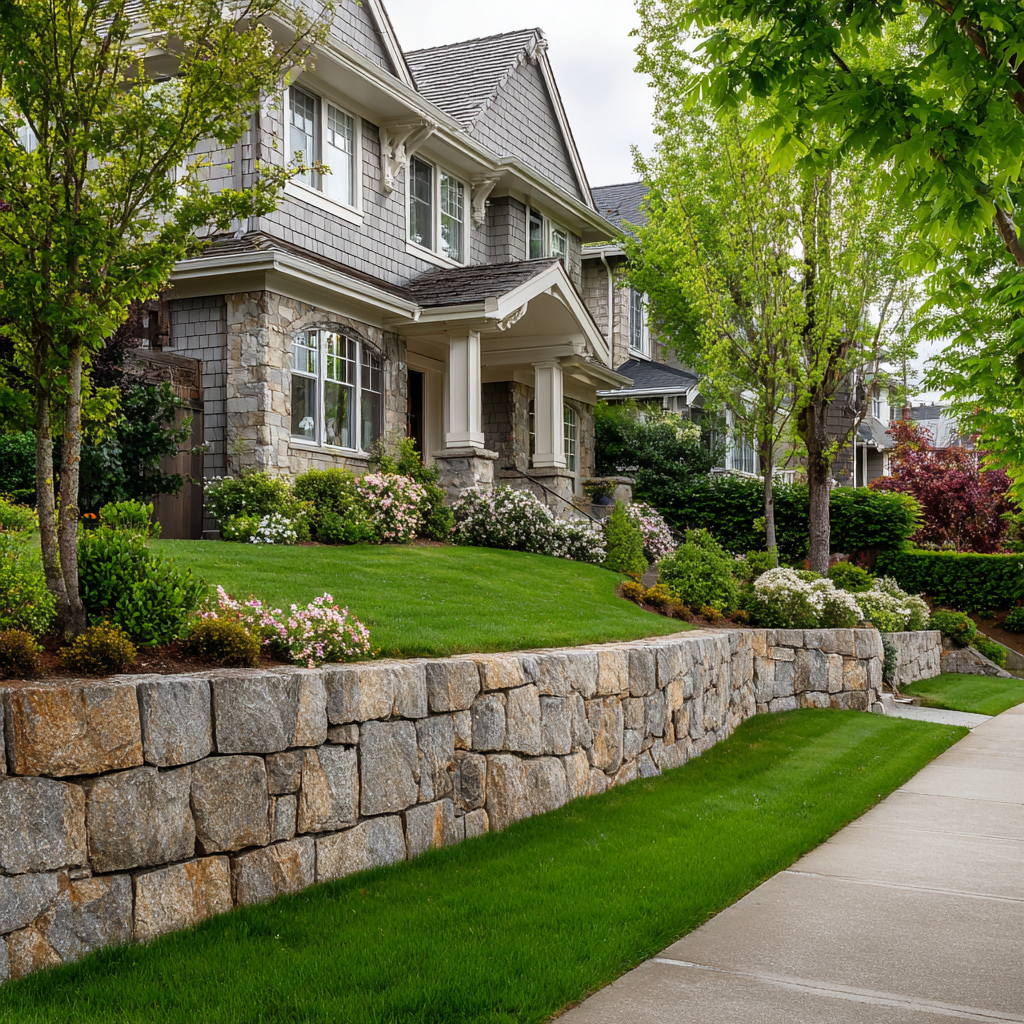
Frequently Asked Questions
How much does it cost to repair vs. replace a retaining wall in St. Paul?
Repair costs typically range $2,000-$8,000 depending on extent of damage. Complete replacement generally costs $40-$80 per square foot of wall face depending on materials and height. Sometimes repair makes sense when damage is limited. Often replacement is smarter when walls are extensively compromised, because repairs on fundamentally failing walls don't last. We assess each situation and provide honest recommendations.
Can a leaning retaining wall be straightened without rebuilding?
No, not effectively. Once a wall leans, structural integrity is compromised and the cause of failure is still present. You can't push it back and expect it to hold. Leaning walls almost always need rebuilding with proper drainage, adequate foundation, and appropriate design for the loads. Trying to save a leaning wall through repairs usually wastes money better spent rebuilding correctly.
How long should a properly built retaining wall last?
A well-built retaining wall with proper drainage should last 50+ years, potentially much longer. Segmental block walls are designed for 50-75 year lifespans. Natural stone walls can last even longer. Wood walls typically last 20-40 years before rot becomes significant. Key factors are proper drainage, appropriate materials, correct engineering for height and loads, and quality construction.
Do I need a permit to replace my retaining wall in St. Paul?
St. Paul generally requires permits for retaining walls over 4 feet or when creating significant grade changes. Walls in right-of-way areas always need permits regardless of height. We handle the permitting process, preparing required documentation and coordinating with the city. Requirements vary by location and circumstances, which is why we assess each project individually.
What's the best material for a retaining wall that will last?
Segmental concrete block and natural stone are the longest-lasting materials in Minnesota's climate. These won't rot like wood, hold up to freeze-thaw cycles, and last 50+ years when installed properly. We don't build with wood because even treated lumber eventually fails. Stone and concrete block eliminate rot concerns and provide much better long-term value despite higher initial cost.
